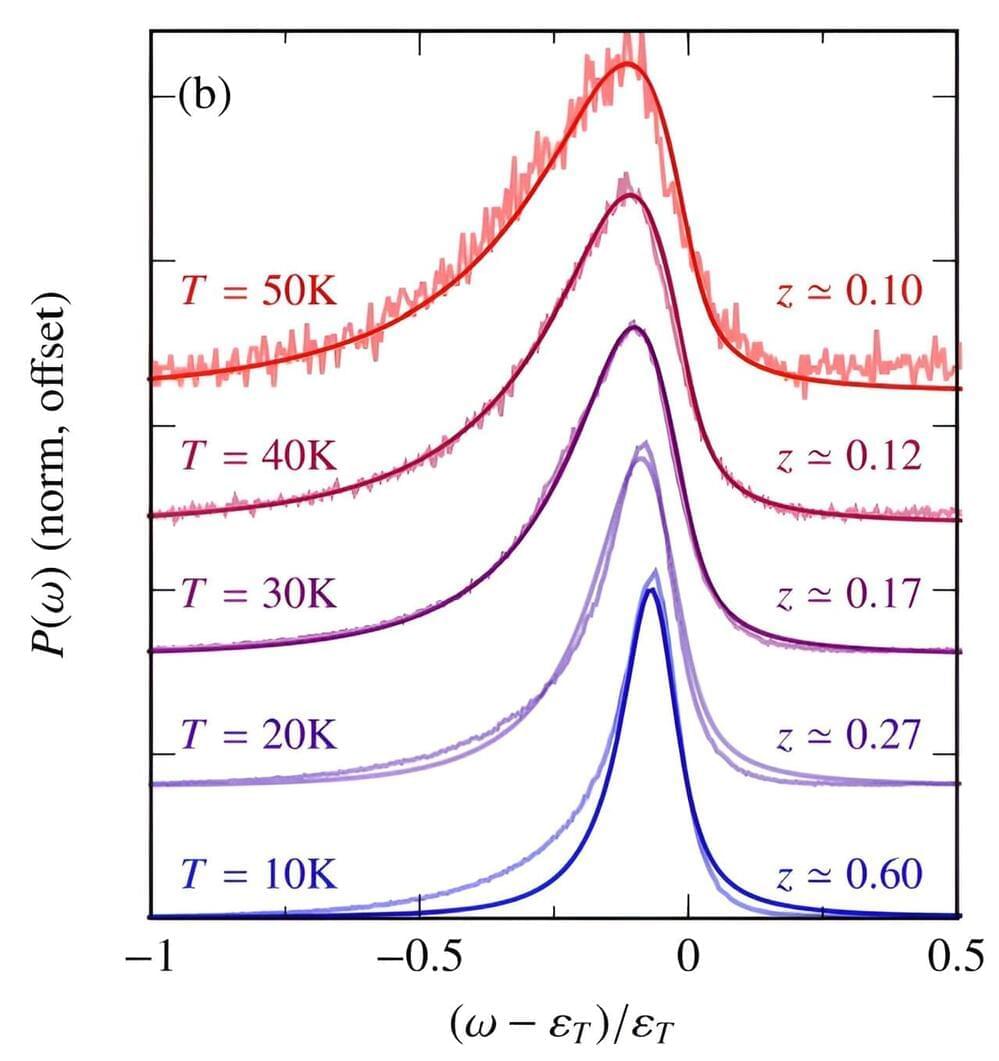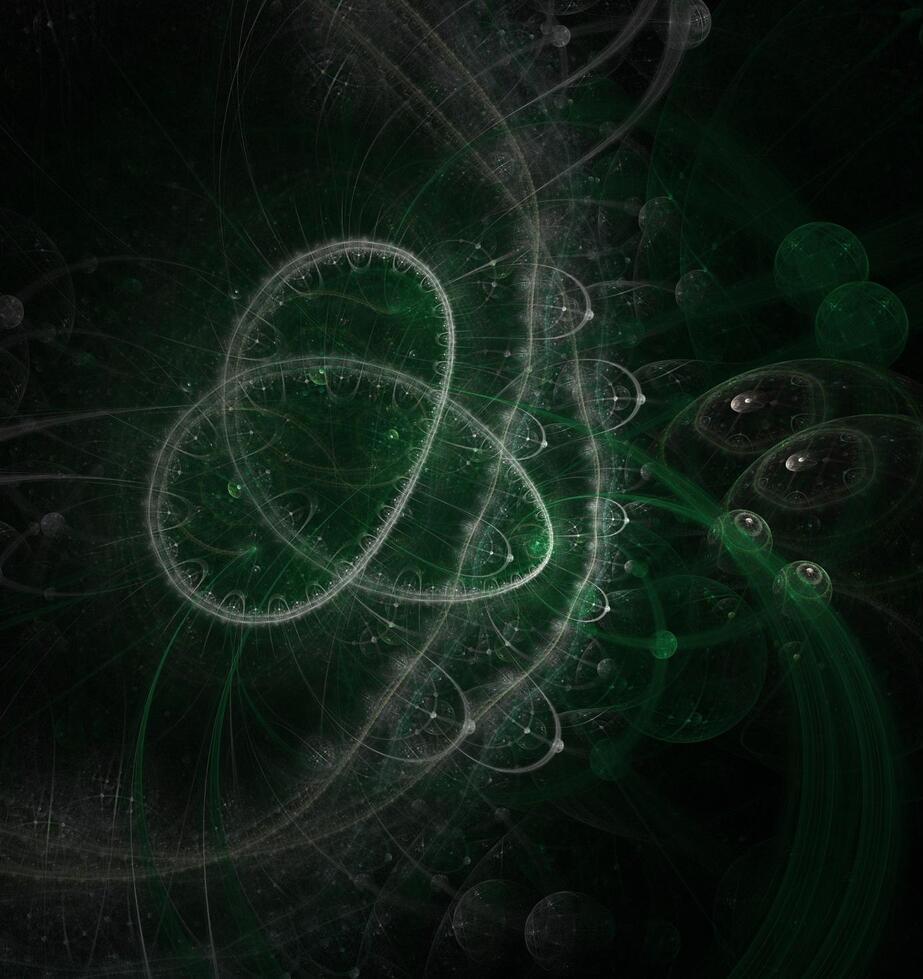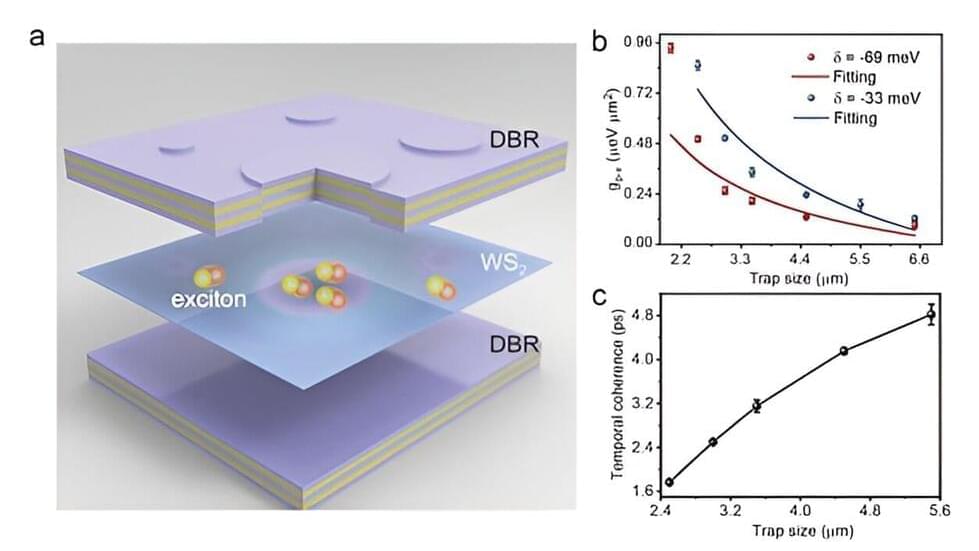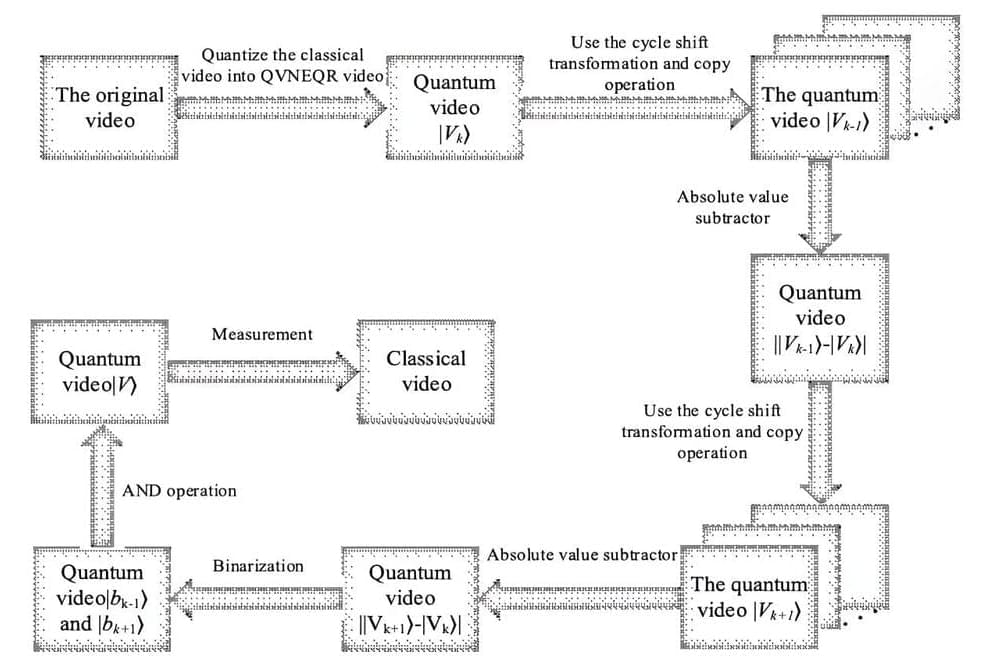Humanity is a type 0 civilization. Here’s what types 1, 2, and 3 look like, according to physicist Michio Kaku.
Is anybody out there? Renowned physicist Michio Kaku discusses we could identify and categorize advanced extraterrestrial civilizations.
According to Kaku, while recognizing intelligence in space is challenging, Quantum computers may be able to help sift through data for signals of intelligence, similarly to how we analyze patterns in dolphin communication.
Go Deeper with Big Think:
►Become a Big Think Member.
Get exclusive access to full interviews, early access to new releases, Big Think merch and more. https://members.bigthink.com/?utm_source=youtube&utm_medium=…escription.








